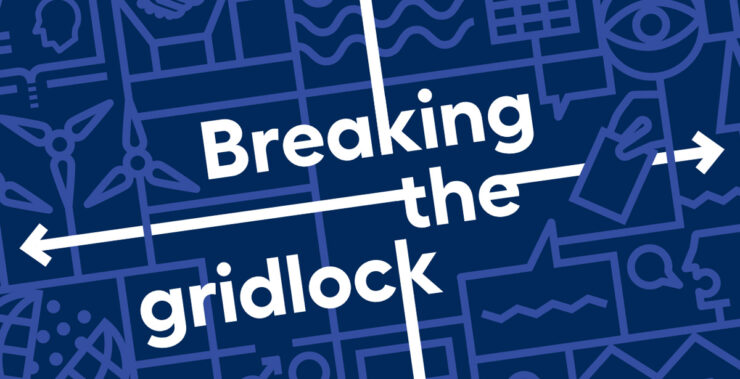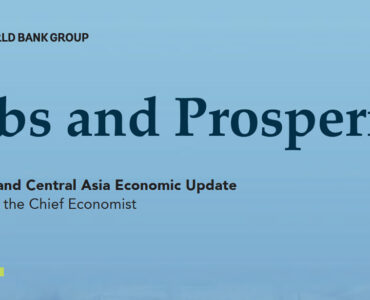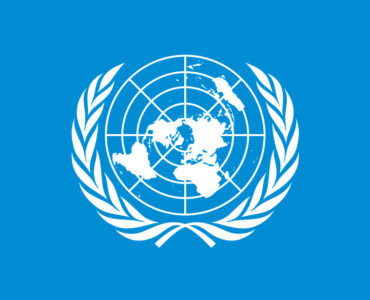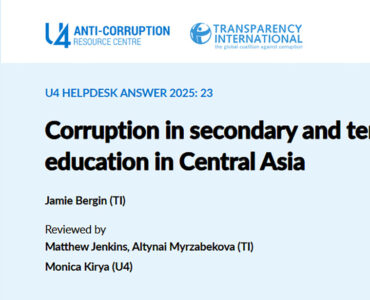The UNDP published its annual Human Development Report (HDR) for 2023-2024 titled: “Breaking the Gridlock: Reimagining cooperation in a polarized world”. It highlights the widening human development gap between rich and poor countries, exacerbating inequality and increasing political polarization on a global scale.
The report presents the Human Development Index (HDI) for 193 countries and territories. HDI is a composite of three components: life expectancy, education and income. It is measured on a scale from 0 to 1.0, with 1.0 representing the highest possible level of human development and 0 representing the lowest. HDI value for Turkmenistan for 2022 is 0.744 which puts the country in “the high human development” category.
Compared to 2021 Turkmenistan’s HDI has slightly declined and the country’s ranking dropped from 91 to 94th place in the world. While Turkmenistan has the second best HDI after Kazakhstan, it has the lowest life expectancy (69.4) and lowest mean years of schooling (11.1 years) in Central Asia. Progres team has published an article examining the level of human development in Turkmenistan by digging deep into each component of the index.
In the 2022 report several complementary metrics were not computed for Turkmenistan including Inequality Adjusted HDI, Gender Development Index, Gender Inequality Index and Gender Social Norms Index. Many data points are also missing for Turkmenistan such as inequality in income, income shares held by different groups of the population, HDI for women and men, GNI per capita for women and men, labor force participation rate for women and men, inequality among the poor, and population living below the monetary poverty line.
Two complementary metrics were calculated for Turkmenistan. First, is the Multidimensional Poverty Index which measures the percentage of households in a country deprived along three dimensions – health, education and standard of living. In Turkmenistan 0.2% of the population were multidimensionally poor and an additional 0.3% were vulnerable to multidimensional poverty in 2021.
Donate to support Turkmen analysts, researchers and writers to produce factual, constructive and progressive content in their efforts to educate the public of Turkmenistan.
SUPPORT OUR WORKCompared to 2019 the number of multidimensionally poor people has increased from 15 thousand to 16 thousand people in 2021. Overall, the intensity of deprivation was 34%. Deprivation in health contributed 82.4% to overall multidimensional poverty, while education contributed 15.5% and income contributed 2.1%.
The second complementary index included in the report is the Planetary Pressures-Adjusted HDI (PHDI), which is the level of human development adjusted by carbon dioxide emissions per person (production-based) and material footprint per capita to account for the excessive human pressure on the planet. In an ideal situation, where there are no pressures on the planet, the PHDI equals the HDI. Turkmenistan loses 11% of its human development due to the country’s environmental footprint. Given that Turkmenistan’s economy is heavily dependent on the use of fossil fuels such as oil and gas it has the second highest rates of carbon dioxide emissions and material footprint per capita in Central Asia after Kazakhstan (see Figure below). As a result, Turkmenistan’s global HDI rank falls by -15 places.
Figure 1. Planetary pressures-adjusted Human Development Index for Central Asia, 2022
Source: Human Development Report 2023-2024.







